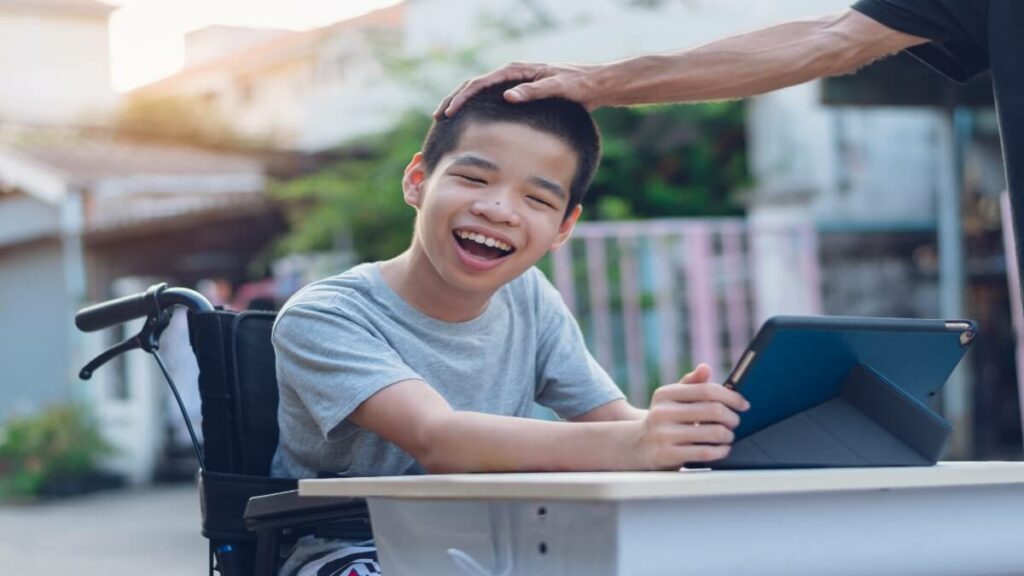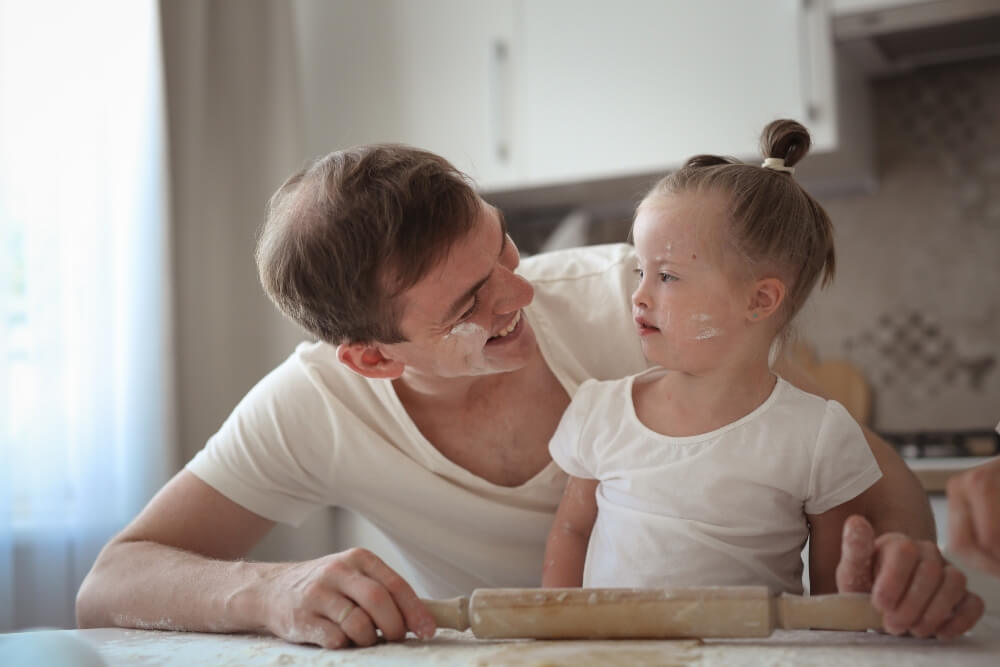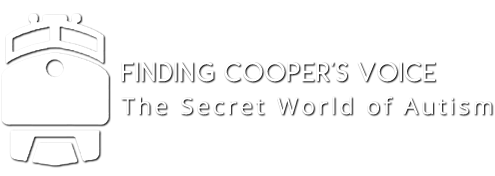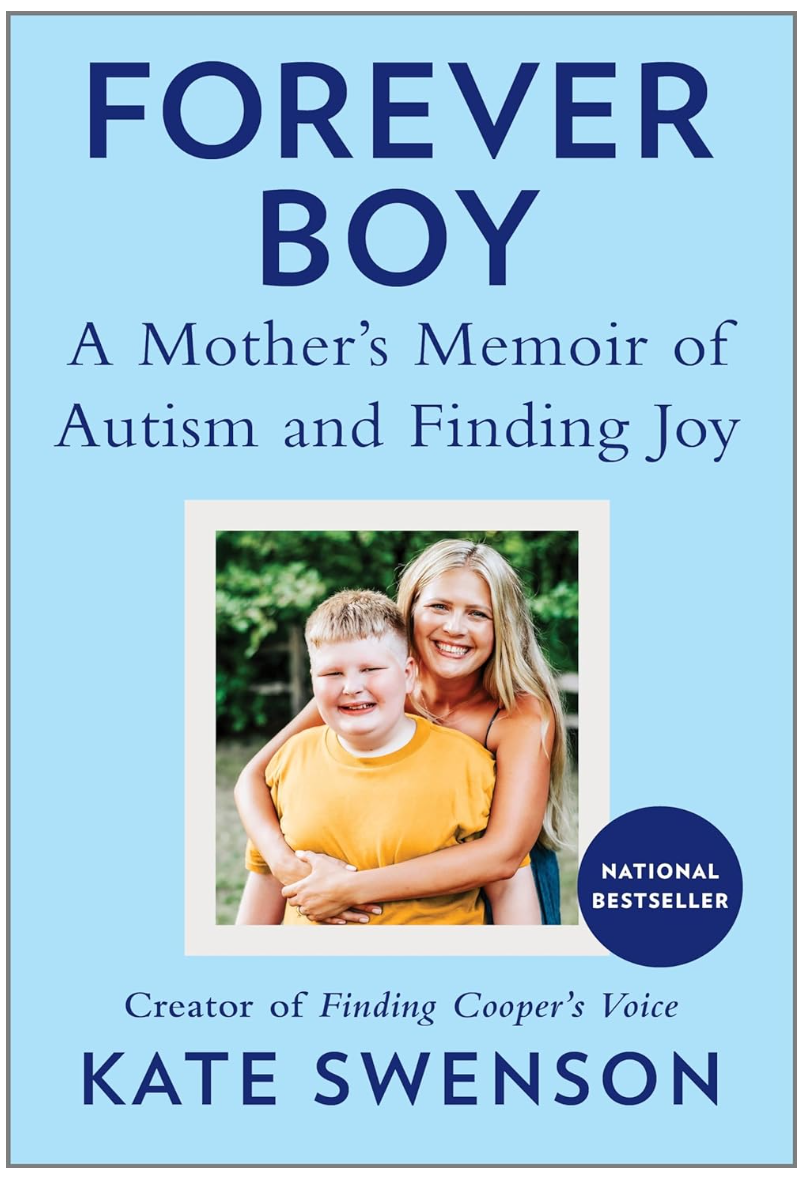Let Their Voices Ring: Empowering Your Child to Communicate

Everyone deserves to be heard. Especially your child. Their thoughts call for respect. And to be able to communicate those thoughts is a fundamental human right.
The beauty about communication is that it looks different for everyone. For some, it means verbally speaking; for others, making music.
But for those with autism, “speaking” one’s mind takes a form perhaps more beautifully unique than any other.
How, then, do we celebrate this in a way that empowers kids with autism to influentially express themselves?
With this question in mind, I want to highlight something that could help your child’s voice be heard. In a world that needs to hear what they have to say, AAC may be what unlocks that voice.
Using AAC: What is it, and how can it help my child communicate?

Everyone with autism has their own unique journey. On that journey, many find that speaking verbally is not always the best way to communicate their thoughts. For heaven’s sake, I think most people can feel this way at some point or another.
That is when AAC can be a game changer.
But what exactly is AAC? AAC stands for Alternative and Augmented Communication. Essentially, it means anything that replaces or supports natural (verbal) speech. This could mean gestures, facial expressions, or even speech-generating devices.
While there is a lot to the idea of AAC, one specific type of AAC is truly making a big difference for families of nonverbal and autistic kids: AAC Talkers.
AAC Talker Apps

When it comes to effective AAC communication, nothing holds a candle to an AAC “Talker.”
Think about a Talker like this: imagine that your kiddo knows what they want to say, but they simply cannot find or speak the words. In a moment of feeling voiceless, a Talker allows your child to simply click a symbol or word on a speech device, and the device quite literally speaks for them.
Now, if you are familiar with AAC Talkers, you know as well as I do that they can get pretty pricey and complex. But this is not the case for all Talkers… in fact, Goally’s symbol-based Talker app can be a great option if you are looking to try an easy, inexpensive, and extremely credible Talker.
Empowering others to listen

No matter the type of communication, it is a two-way street. When trying something new, like an AAC talker, the listener holds a lot of weight in its success.
For someone to communicate, their thoughts must actually be received.
Listen carefully. Attentively. With intentionality. And encourage the people around you to do the same.
As people, we communicate in so many different ways. But the power of communication lies in discovering what works best for your child. Maybe, just maybe, AAC could be the very thing that unleashes your kiddo’s mighty mind. What a thing to celebrate!
Written by, Kaelyn Brooks
Kaelyn Brooks lives in Denver, Colorado as an adventuresome marketing specialist at Goally. She has a heart for easing the lives of families of children with autism and other neurodiverse conditions. Through Goally, she works alongside families and clinicians to reduce stress and better the lives of the entire “village” needed to raise a child. Kaelyn’s hobbies include hiking, playing jazz, and making latte art on a slow Saturday morning. You can follow her work at the Goally Facebook, Instagram, and the Goally blog. To discover more about how a Goally could be a great fit for your child, learn more at the getgoally.com.

